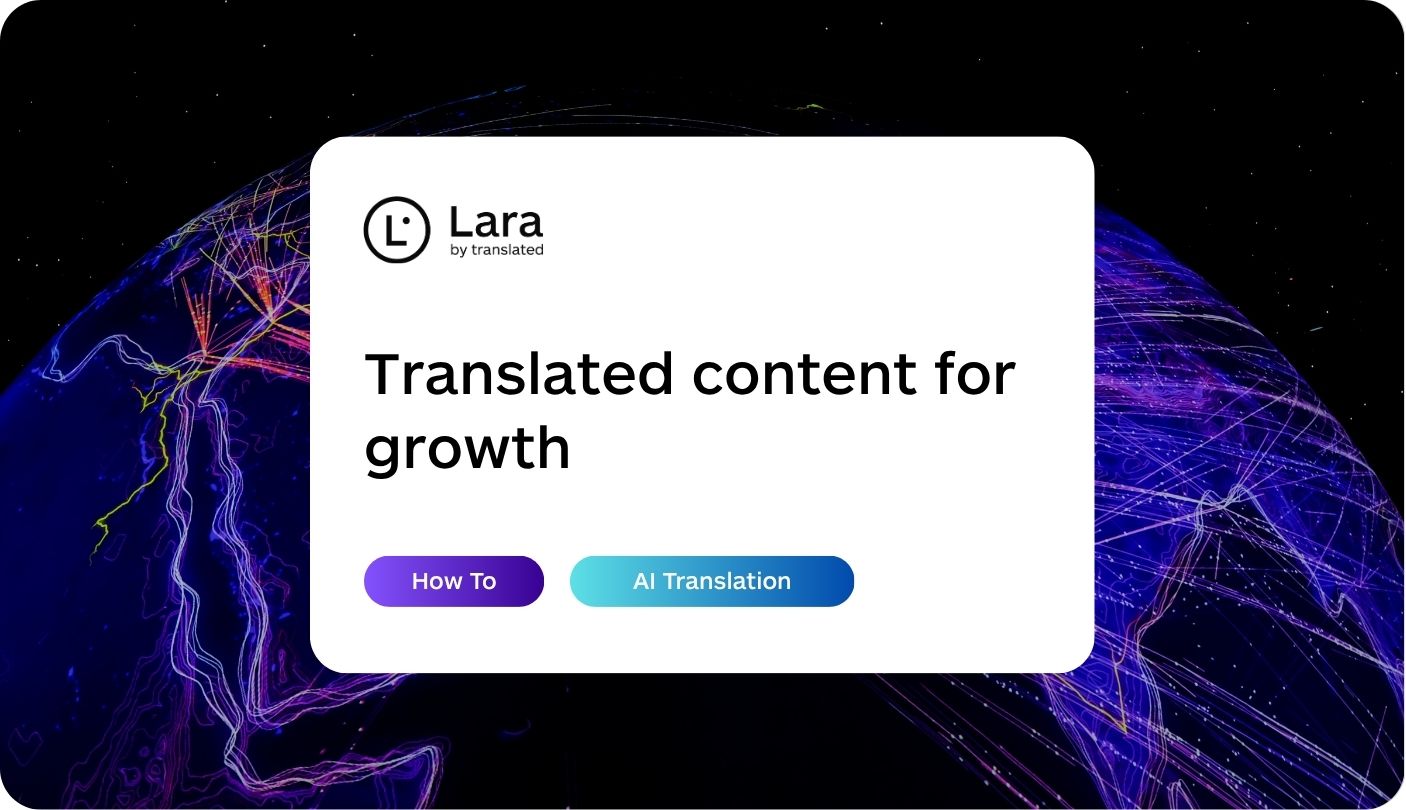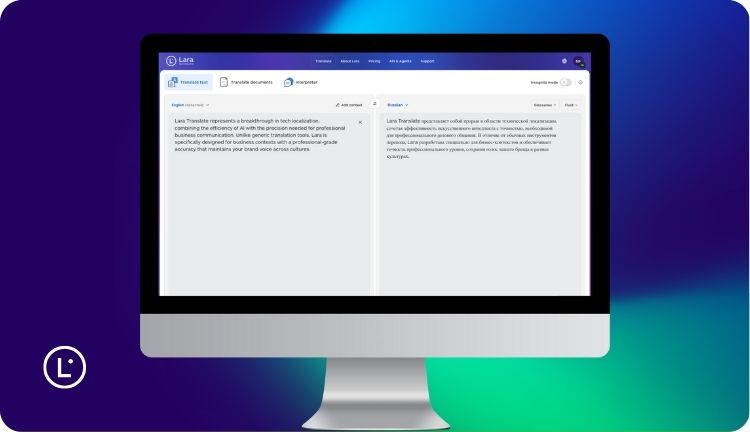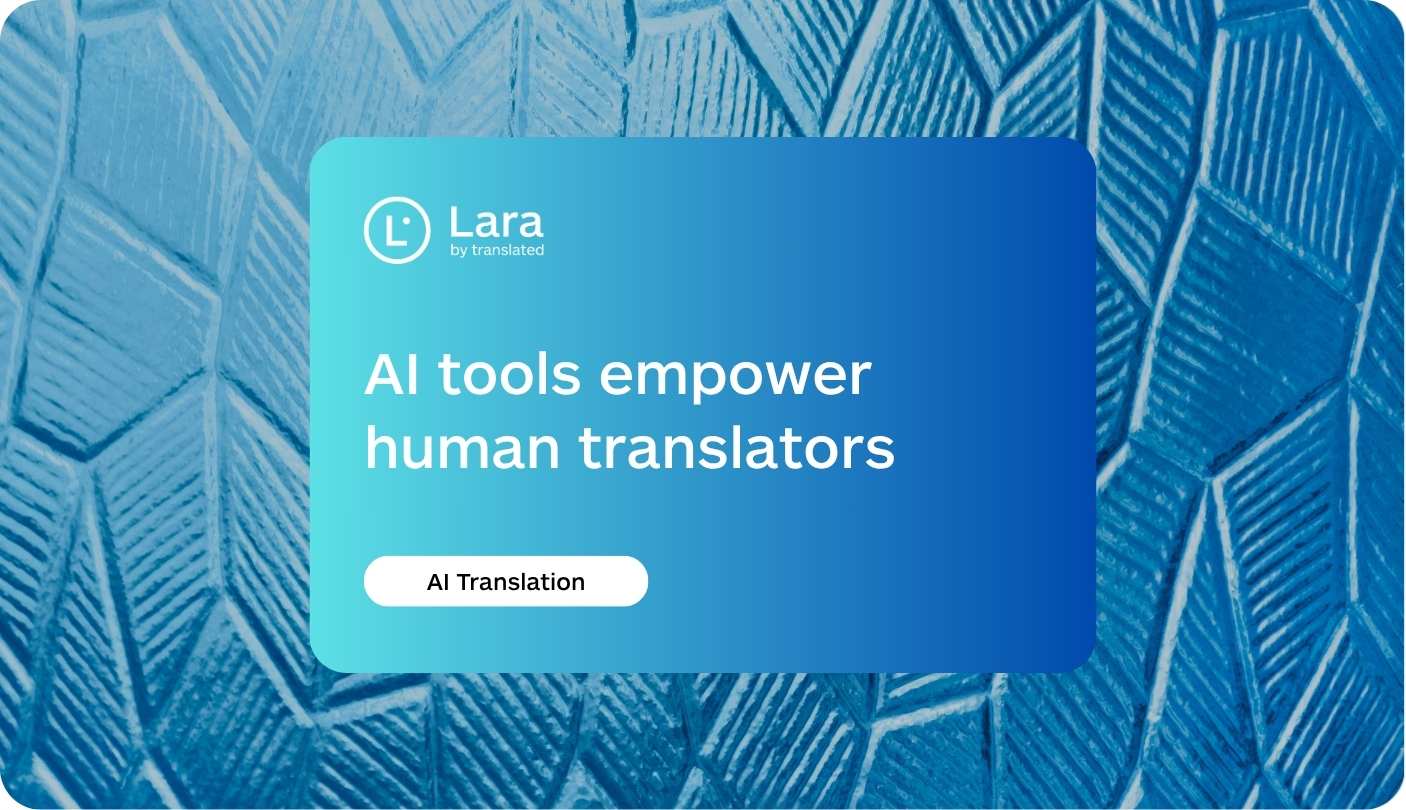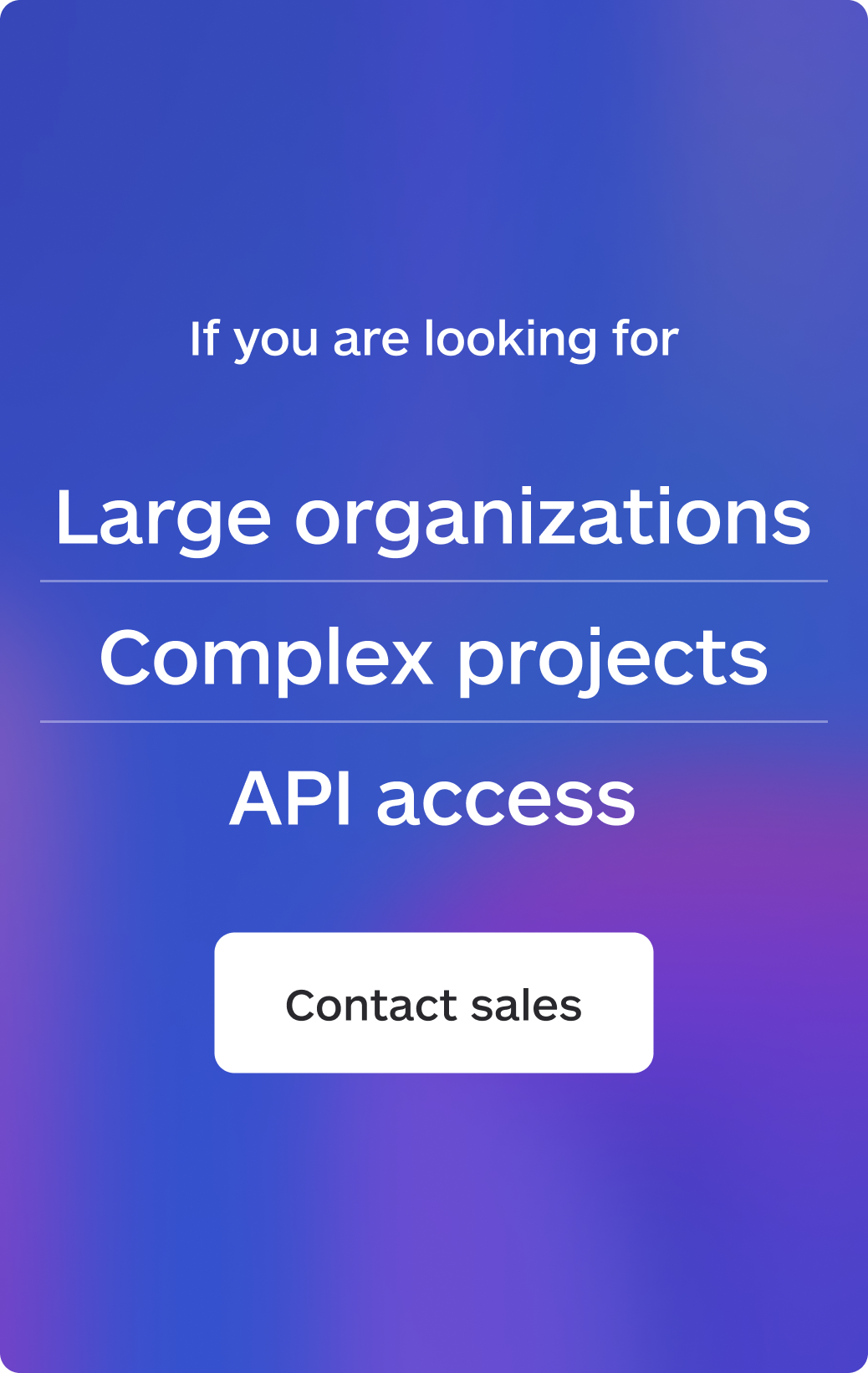Reaching new international markets takes more than a great product, it takes the ability to truly connect with people in their own language and cultural context.
Imagine browsing a website in a language you don’t fully understand. Would you trust it? Would you buy from it? Most people wouldn’t and the data backs it up. Around 60% of online shoppers avoid sites that aren’t in their native language or with badly translated content, and localized campaigns consistently outperform their English-only versions.
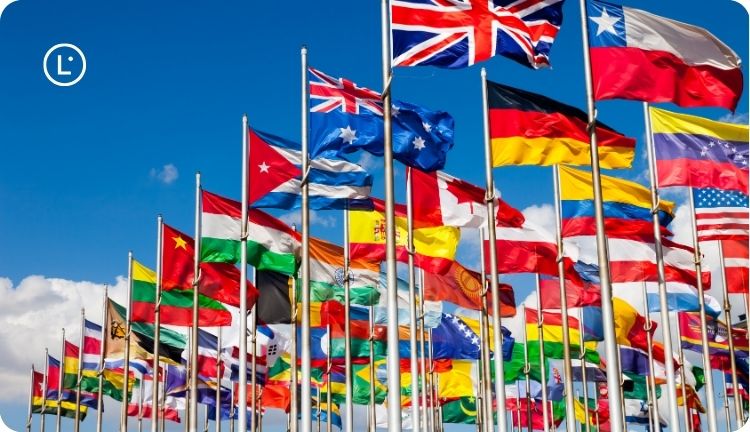
Translation is just the starting point. What really drives global success is building an experience that feels local, familiar, and trustworthy, no matter where your customers are.
[Accessibility 👂] Listen to a conversation about this article
Why translated content is essential for international reach
Translated content for international reach has become a business imperative rather than a nice-to-have feature. Your potential customers are searching for products and services in their native languages, and if your content isn’t there to meet them, your competitors will be.
Google itself recommends that content producers consider multilingual content marketing approaches: “We encourage publishers in areas where several languages are commonly used to make content in those different languages rather than in just one that is widely understood. People appreciate content written in their preferred languages, and Google itself would like to show it when it is available.”
The impact goes beyond just being found online. When customers can engage with your brand in their preferred language, they develop stronger trust and emotional connections. This language adaptation doesn’t just improve user experience—it directly translates to higher engagement rates, longer session durations, and ultimately, more conversions.
Understanding localization versus translation
While translation focuses on converting text from one language to another, global reach with localization requires a deeper understanding of cultural nuances, local preferences, and market-specific behaviors. It’s the difference between literally translating “Black Friday” to French markets versus understanding that French consumers might be more responsive to “La French Days” or similar locally relevant shopping events.
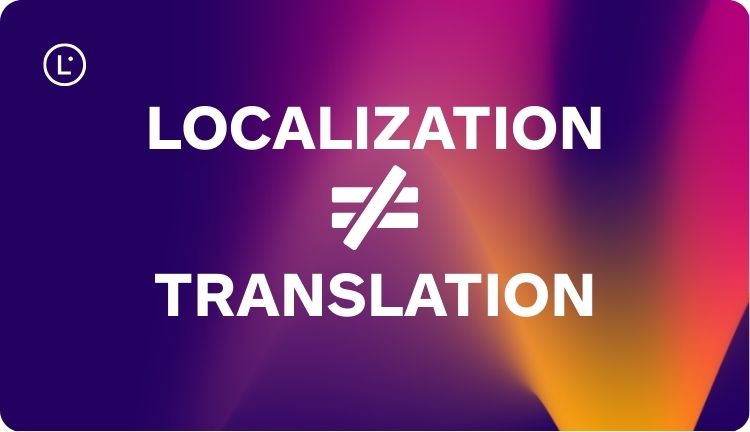
Cultural adaptation involves adjusting imagery, color schemes, payment methods, and even product offerings to align with local expectations. McDonald’s exemplifies this approach perfectly—their Indian locations serve the Chicken Maharaja Burger, while Mexican locations offer McMolletes, demonstrating how content localization for global growth extends beyond language to encompass entire customer experiences.
Successful localization also considers technical aspects like date formats, currency displays, and reading patterns. These seemingly small details significantly impact how native users perceive and interact with your content.
Translation strategies for audience growth
Developing effective translation strategies for audience growth begins with understanding your target markets deeply. This means conducting thorough market research to identify not just which languages to prioritize, but also cultural preferences, local competitors, and market-specific search behaviors.
Start by analyzing your current analytics to identify where your international traffic originates. Look for patterns in user behavior, conversion rates, and engagement metrics across different regions. This data-driven approach helps prioritize which markets offer the greatest potential return on your localization investment.
Consider the customer journey from awareness to conversion in each target market. Your international content strategy should address how potential customers discover your brand, what information they need to make purchasing decisions, and what post-purchase support they expect—all in their preferred language and cultural context.

How to localize your content effectively
How to localize your content starts with identifying which pieces will have the greatest impact on your business goals. Website pages, product descriptions, and customer support materials typically offer the highest return on investment because they directly influence purchasing decisions and user satisfaction.
Begin with your homepage and key landing pages, ensuring they communicate your value proposition clearly in each target language. Product pages require particular attention to detail, as purchasing decisions often hinge on understanding features, benefits, and specifications. Don’t overlook support documentation—customers who can access help in their native language are more likely to complete purchases and remain loyal to your brand.
Best practices for translated marketing include maintaining consistent brand voice across languages while allowing for cultural adaptation. Work with native speakers who understand both the linguistic nuances and cultural context of your target markets. This human expertise remains essential even when leveraging AI-powered translation tools, as cultural sensitivity and creative adaptation require human judgment and local market knowledge.
Lara Translate: powering your global content strategy
At the heart of modern content localization lies advanced translation technology that combines speed with accuracy. Lara Translate represents the next generation of translation solutions, designed specifically for businesses seeking to scale their international content efforts without compromising quality of translated content.
Unlike generic translation tools, Lara Translate specializes in maintaining context and brand voice across translations with plans to expand further. The platform‘s AI technology works alongside human expertise to ensure translations preserve not just meaning, but also tone, intent, and cultural appropriateness—crucial factors for effective international marketing.
The platform’s approach to language adaptation includes learning from your specific terminology and style preferences, creating consistency across all your translated content. This capability proves especially valuable for businesses with technical products or services where precise terminology directly impacts customer understanding and trust.
Tips to engage international audiences
Tips to engage international audiences extend beyond accurate translation to encompass cultural sensitivity and local market awareness. Research local holidays, cultural events, and social customs that might influence how your audience perceives and interacts with your content.
Visual elements require careful consideration across different markets. Colors, imagery, and design layouts can carry different cultural meanings and associations. What appears modern and appealing in one culture might seem inappropriate or confusing in another. Collaborate with local teams or consultants to ensure your visual content aligns with cultural expectations.
Consider local communication preferences and social media usage patterns when producing translated content. While Facebook might dominate in some markets, other regions prefer platforms like WeChat, LINE, or VKontakte. Adapting your content distribution strategy to match local preferences significantly improves engagement rates and brand recognition.
Boost SEO with multilingual content
Boost SEO with multilingual content requires understanding that direct keyword translation rarely produces optimal results. Pure translated content means understanding search behaviors, query patterns, and even search intent that can vary significantly across languages and cultures. Conduct keyword research specifically for each target market rather than simply translating your existing keyword strategy.

Multilingual SEO involves technical considerations like hreflang tags, which help search engines understand which language version to show to different users. Proper URL structure, whether using subdomains, subdirectories, or separate domains, impacts how search engines crawl and index your multilingual content.
Local search optimization becomes particularly important for businesses with physical locations or region-specific services (and how they produce translated content). This includes optimizing for local search engines—while Google dominates globally, markets like China (Baidu), Russia (Yandex), and South Korea (Naver) have their own leading search platforms with different optimization requirements.
Measuring success and continuous improvement
Success in international markets requires ongoing measurement and optimization. Track metrics like organic traffic growth, conversion rates, and user engagement across different language versions of your content. Pay attention to market-specific indicators like local search rankings and social media engagement rates.
Regular content audits help identify opportunities for improvement and expansion. As markets evolve and your business grows, your content localization for global growth strategy should adapt accordingly. This might involve adding new languages, updating cultural references, or expanding into adjacent markets where your content already shows traction.
Customer feedback from international markets provides invaluable insights for refinement. Implement feedback mechanisms that allow users to report translation issues or cultural misalignments, and use this input to continuously improve your localization efforts.
FAQ
What’s the difference between translation and localization?
Translation converts text from one language to another, while localization adapts content culturally for specific markets, including cultural references, imagery, and user experience elements.
How many languages should I translate my content into?
Start with markets showing organic traffic or business potential. Analyze your analytics data to identify 2-3 priority languages, then expand based on success metrics and business goals.
Can AI replace human translators for content localization?
AI accelerates translation processes and handles large volumes efficiently, but human expertise remains essential for cultural adaptation, creative content, and ensuring translations resonate authentically with local audiences.
How do I maintain brand consistency across different languages?
Develop comprehensive style guides and glossaries for each language, work with native speakers familiar with your brand, and use translation platforms that learn and maintain your specific terminology and voice.
What content should I prioritize for translation?
Focus on high-impact pages like your homepage, product pages, key landing pages, and customer support materials. These directly influence purchasing decisions and customer satisfaction.
This article is about
- How localization strategies boost revenue and sales performance
- The impact of localized marketing on conversion rates
- Real-world examples and ROI of business localization
- The role of AI in scalable multilingual sales strategies
